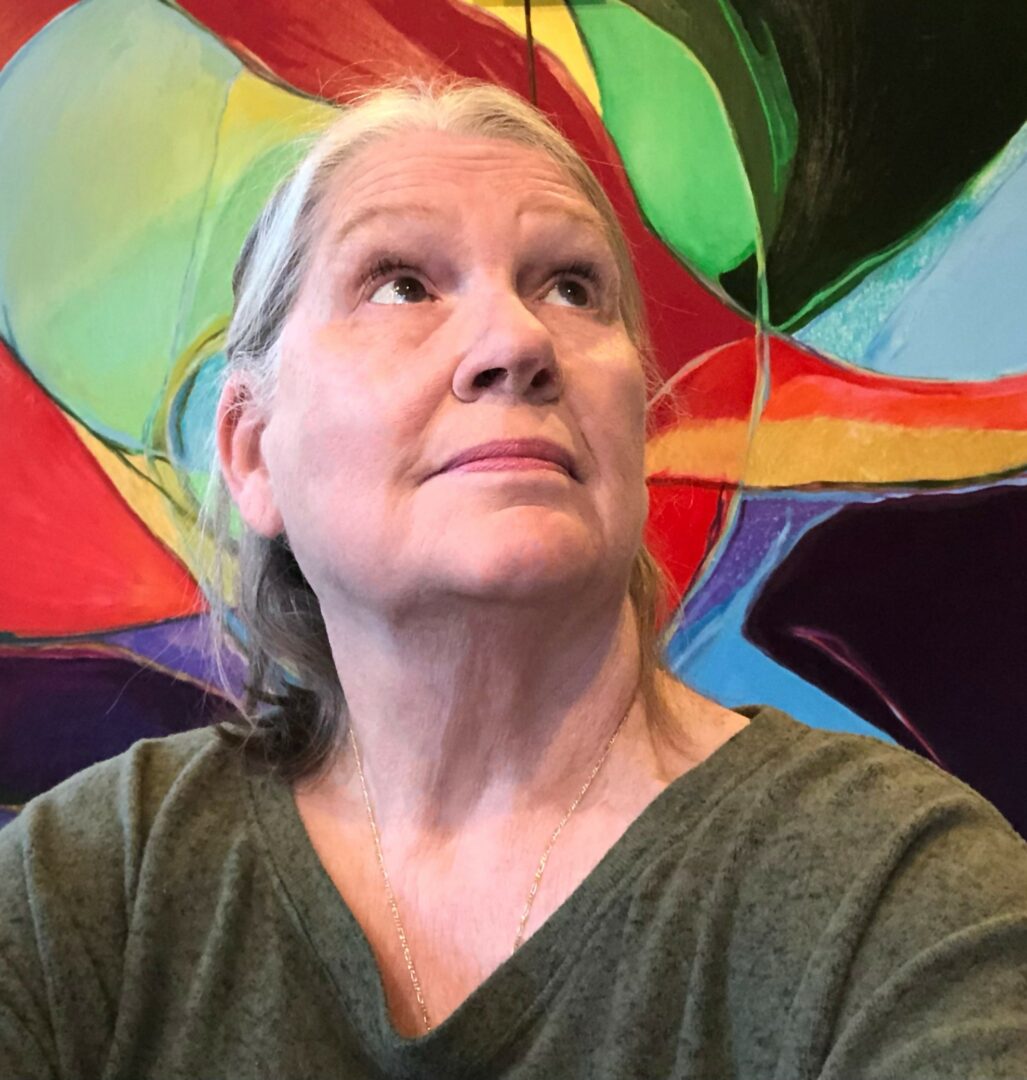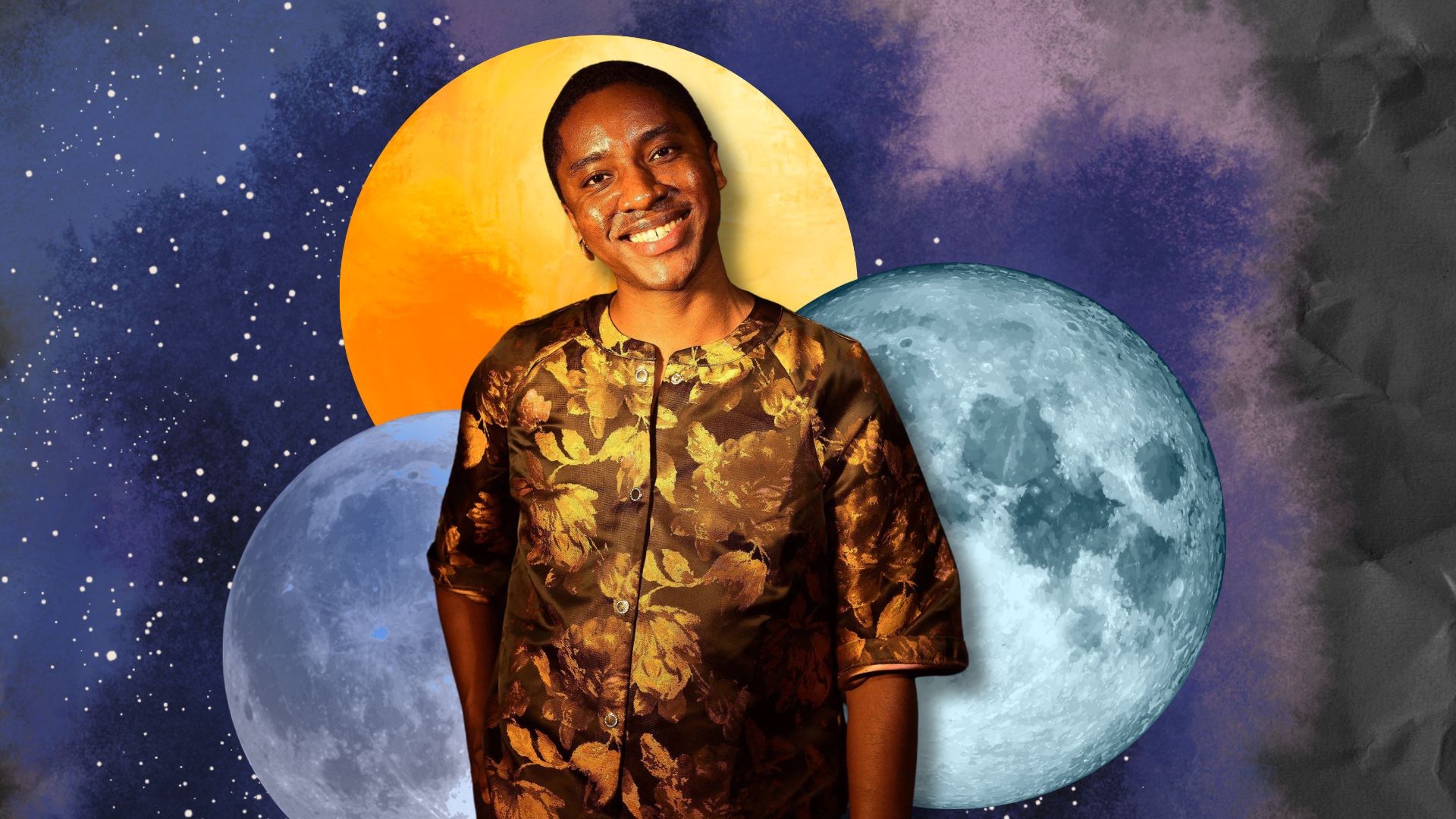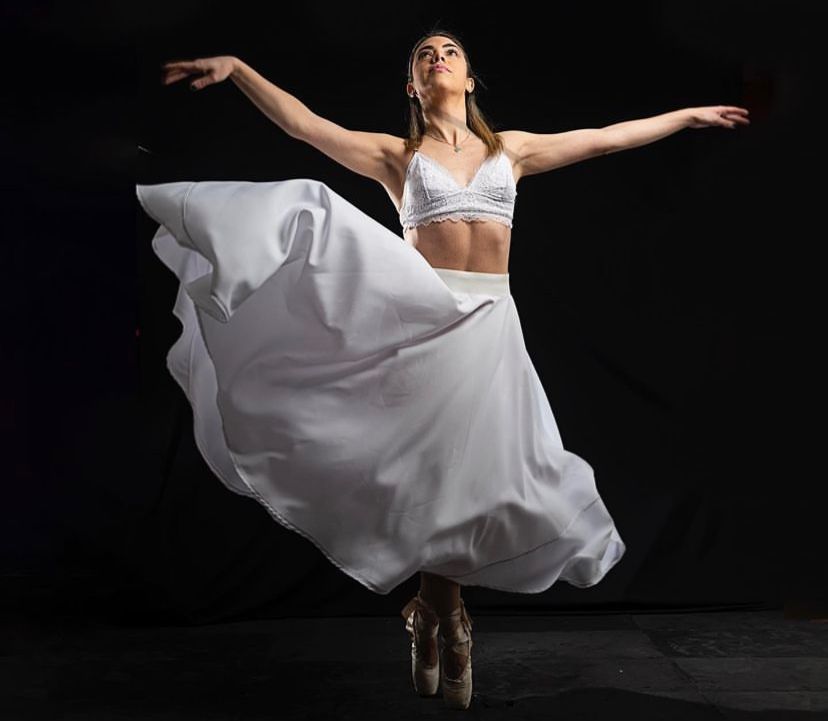Jamie Downs shared their story and experiences with us recently and you can find our conversation below.
Good morning Jamie, we’re so happy to have you here with us and we’d love to explore your story and how you think about life and legacy and so much more. So let’s start with a question we often ask: Have any recent moments made you laugh or feel proud?
i was selected for inclusion in the multi-venue show Women Artists of the DMV, featuring 500 artists from the Washington DC area. 5000 applied to curator Lenny Campello who put together the show in 18 different venues.
Can you briefly introduce yourself and share what makes you or your brand unique?
I have been a practicing visual artist for more than 56 years. I am primarily a painter but have been a photographer/photojournalist, graphic designer, arts administrator and university professor. My art was, in the beginning, primarily non-objective but for the last 20 years or so I have added images – at first flowers, then birds, most recently bees. I worked as a photojournalist just after I received my BFA Painting degree and photography has influenced my visual art in a major way especially since I added these elements.
I founded and ran a non-profit art center with major programs for at-risk children in the 1990’s and computer art was one of our offerings. I believe that working in Photoshop and other graphic arts programs caused me to revisit my subject matter. A Family of Artists was a very successful center and we may have been the first technically non-art therapy based service provider to receive Medicaid funding, employing 28, mostly visual artists and musicians. I plan to write a text book for those looking to work in art therapy explaining our very unique and successful approach which was therapeutic by nature, if not by design.
Before that, along with my husband, I founded and directed another non-profit, The Folk Life, which published a magazine featuring folk life, folk arts and folk music. The music was the strongest component. I was the art director and photographer for the magazine and am working of a book of photographs of folk musicians spanning the years 1976 to the early 2000’s.
Arts Administration was a good way to work a day job which complemented and did not interfere with my painting, except, of course, for the time on the job. I remained an active member of galleries, showing monthly with one or two person shows annually throughout my career to assure that I would keep producing new work and the art center also had a gallery which I curated along with other shows in the community.
My painting is mixed media, using what ever materials I can to achieve the surface texture and vibrancy I am looking for. My colors are usually very saturated and strong and both shape and line are stressed along with color to achieve the best composition.. Elements of design and composition are of major importance to me so to some extent I would be called a formalist. Though containing realistic elements at times, the work is always abstract and still non-objective in part. I was influenced by color field painting and abstract expressionism during my art school training and these influences can be easily observed in the work. My purely non-objective paintings are spiritually based as was the work of most in those two schools. Of course there is a spiritual influence in nature paintings as well. I prefer to paint large, but with the storage issues that most, if not all, painters face, most of my paintings are medium size. I intend to work bigger in the future. While I occasionally use oils, I work primarily in water based mediums but often cannot resist using Senelier oil pastels as a last layer in places where I want the texture and rich color they provide.
Recently I have been teaching at the University of the District of Columbia and for a while at Montgomery College in Maryland and one semester at Drexel University. I have taught 13 different fine arts courses and one graduate course which have influenced me in the studio. For the past couple years I taught Printmaking and Advanced Printmaking which caused me to revisit that medium and I have added block prints, linocuts and etching to my tool box-sometimes as a pure component, but mostly as one of the parts of my mixed media approach.
Great, so let’s dive into your journey a bit more. What part of you has served its purpose and must now be released?
Given my age, this is of course, front of mind. I am a caregiver now as well as an artist and teacher. I am adjunct teaching but have had to cut back the number of courses I can teach each semester to pay attention to important personal responsibilities. The up-side is that though challenging at times, this has given me more time to focus primarily on my painting.
Because the non-profit art center program I ran was so successful and effected the lives of so many children in need, I have found that calling the hardest to release. I was encouraged to create another non-profit which would employ A Family of Artist methods and sensibilities along with what I learned directing an artist studio space (but for returning veterans and their families). I wrote an initial proposal but soon realized that this, if it happens, would have to be directed by 30 or 40 somethings. (I have as yet not found someone who would pick it up and run with it.) I cannot, with my current life choices put in the 80 hour weeks I know from experience it would demand. When one knows how to do something very special it feels like it is necessary to do it. This is why I have chosen to write a book on the approach instead. I am told that us baby boomers, as a rule, have a hard time letting go. We expect to keep going and extend our careers instead of making space for the next generation. I don’t now that this is as true as some believe, but it is hard to release and feel that my former purpose has run its course.
On the other hand, the need to always have a day job that relates and enhances my roll as an artist was a hard one to accomplish. Putting my energies into marketing my paintings and exploring new ways to create is very exciting.
What have been the defining wounds of your life—and how have you healed them?
The program I referred to in the last question ended with a very deep wound. Until its last day of operation A Family of Artists was an extreme success on every level and provided respite for so many endangered and abused children while including them with other children in the community in a way that their difficult family lives or mental health struggles did not really feature and were not seen as most relevant or as defining them. Art was the common goal and each one had strengths that mattered more than their perceived weaknesses. The issues that plagued so much of their lives at home and at school were not really very relevant or were pushed into the background as we found their obvious strengths and worked on making things and performing and collaborating. While we took all the necessary trainings that service providers must take, we hardly ever had to put those control measures into practice as each child could pursue what ever art they wanted, alone or with others with lots of nonjudgemental guidance. They were never identified as any different than any other child. They were not exposed. They flourished.
After seven years as an after school or weekend programs we took the step to be a Medicaid service provider. This gave us the opportunity to serve 60 children, not just 15. We had a large facility, great equipment, vans…. We picked kids up at school, made sure they were fed and homework was done; they created in so many ways for some time each evening before they were returned to their homes. On school vacations or in summer time we became a camp. All the time was playing and producing. One winter we had the biggest snow storms anyone could remember and we made amazing sleds and made a hill to use them on. This was fun while learning tremendous skills. How many kids know how to weld because they did metal sculptures or as elementary school children could operate state of the art computer art programs or develop their own photographs or play in a rock band even if they needed the help of assistive computer programs to physically pluck the strings or strike the keys? They could make their own African drum or Brazilian percussion instruments. It was magic.
The three local school districts saw that we could reach children they could not and asked us to take 8 of the children for their entire school program. The laws at the time allowed this. We did, and to make this more permanent, applied for private school status. We were about a month away from receiving that license. We almost made it.
Then a new governor was elected who decided to cut Medicaid funding. Our budget was slashed but at the same time they told us they wanted to clone our program throughout the state. I was working on hiring for a second center in a major city. “Just hold on,” the state department of mental health said. We will find you funding to keep going……
They let us fall through the cracks without explanation . Without the income we could not survive. Children we had been shielding and protecting for 10 years now were sent to residential settings, had breakdowns,…. It was unbearable.
It has taken time. The place my non-objective, spiritually based art came from could not be accessed. We moved to a new city. I rented a studio space and tried to heal. I could not count on my intuition to lead my brush strokes so I wrote words on the canvas and tried to use them as a crutch to find the inspiration. It was one of the things that worked. At that time I added the realism to my canvas. That was easy. Searching my inner thoughts and dreams was not for quite a while.
Just as for the children, the art and time healed me. I immersed myself in painting for 8 hours at a time and escaped my feelings of guilt and sadness. I found new purpose. I put my energy into new grandchildren. I managed artist studio space where the responsibilities were much easier and the stakes were not as high. Twenty plus years later I can now look back with pride and not sadness. I am in touch with many of those then children. They ask me to come back and create the program for their children. I can’t do that but I and can finally open that file cabinet and think about writing about those amazing ten years and those tremendous little artists.
So a lot of these questions go deep, but if you are open to it, we’ve got a few more questions that we’d love to get your take on. What are the biggest lies your industry tells itself?
It has also taken time to outgrow the ideas instilled in me by some of my college professors. Beliefs like: A real artist only does one thing and .works in that series. The very best will make it in New York City. You pick one kind of art ( in my case non-objective) and that is all you do. Not said but believed by many: Other art forms than yours are lesser. If you chose to paint barns or portraits or pretty landscapes you are not as important as someone who follows their one goal with originality and complexity. Some grad schools at the time apparently abandoned painting entirely for conceptual art and sculpture.
Most of these fallacies have been replaced by others or have been seen to be misguided, but some of it still remains. The internet shows us that amazing artists are everywhere and there are many ways to be successful or not, but it it not based purely on the quality of your art. You can be great but never find your niche. You can be not so great and still by strength of your will and persistence, your availability of seed funds and ability to market yourself be financially successful. Making it in New York with a major gallery show does not mean that much. It may be a foot in the door but if you take your fame too seriously and don’t keep working and networking and producing as before, it won’t last long.
Artists are still marginalized. Artists are not necessarily poor business people. There are lots of assumptions that are just not true.
Before we go, we’d love to hear your thoughts on some longer-run, legacy type questions. Could you give everything your best, even if no one ever praised you for it?
Yes. One thing that my non-objective painting years taught me is that people will not always understand what you do but you have to do it and it gives you pleasure and fulfills many needs. I have to paint. If I never sell anything my house will be overflowing, my children will be stuck with all my paintings when I die, I will miss a source of income, but I will still be fulfilled on a very important level. If you are an artist you have to do your art no matter what. If you give it up you are living a lesser life and will not be completely whole. I was fortunate to find a partner who believes that. I know so many people who have given up there art because of the need to contribute financially to their family. I felt that need and made it a point to try to do both, though my husband also supported my career and helped to make space for it.
There is no doubt about it that being praised and appreciated helps. When I added realistic elements to my art and people liked it and understood it and commented it felt good. I appreciate selling paintings and want, of course, to sell more. I still do the art that only a few understand. It is nice to seek out those people and get feedback that nourishes you and gives you more ideas. Nothing helps more on a bad day then escaping into the studio and forgetting about the world for a couple hours. It keeps me going in the worst of times. It is meditation.
Contact Info:
- Website: jamie-downs.com, abstractart.hypermart.net (older being updated)
- Instagram: @jamiedowns1
- Linkedin: https://www.linkedin.com/in/jamiedowns1/
- Twitter: no longer on it
- Facebook: https://www.facebook.com/Jamiedowns, https://www.facebook.com/JamieDownsVisualArtist/
- Youtube: not relevant
- Other: Threads – https://www.threads.com/@arlethagreer/post/DLsV2AdxYsS?xmt=AQF0tKRujw44mJpvbFpR9L5qMkerMDnxxlkrQqTUt2-6EKw
Blue Sky – jamiedowns1.bsky.social
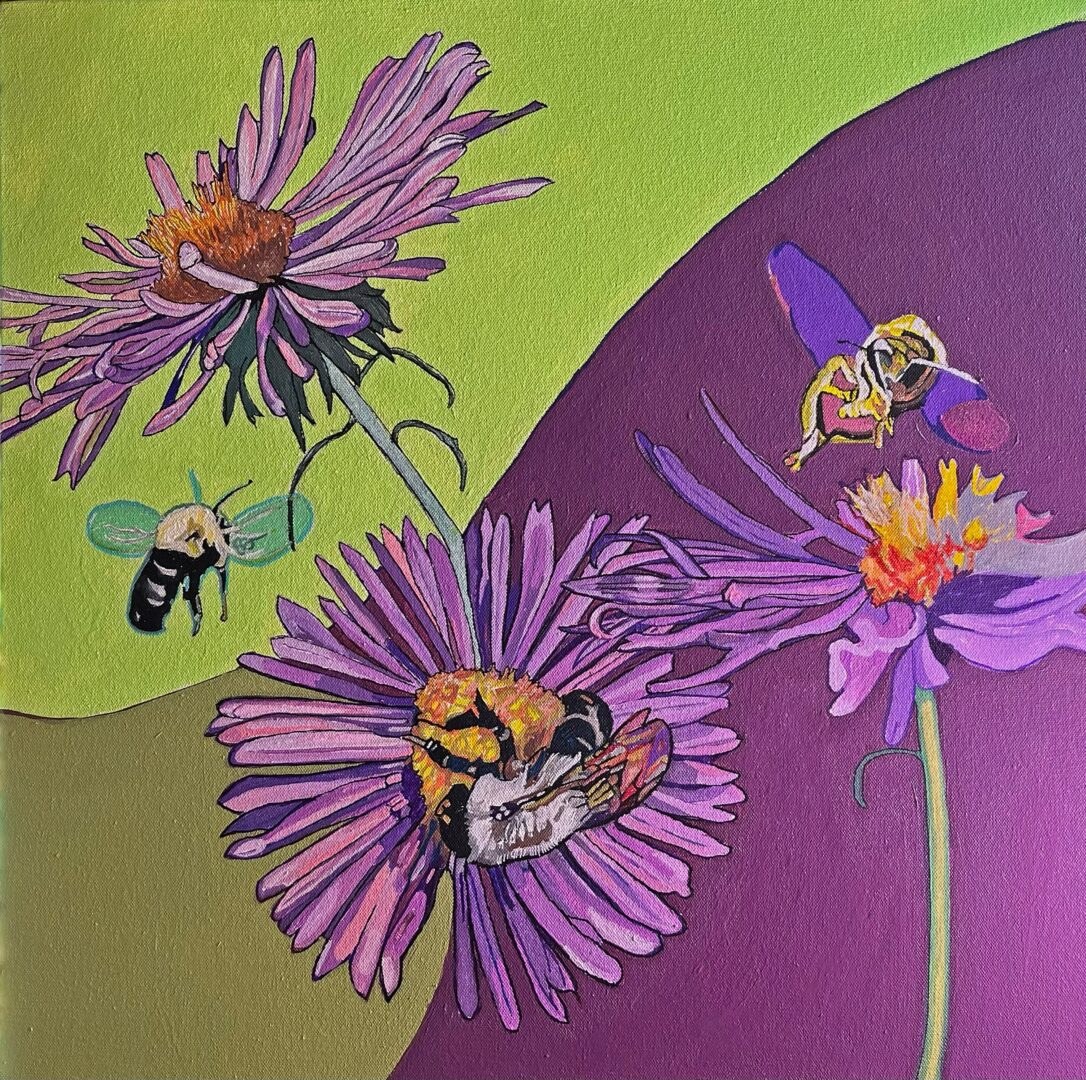


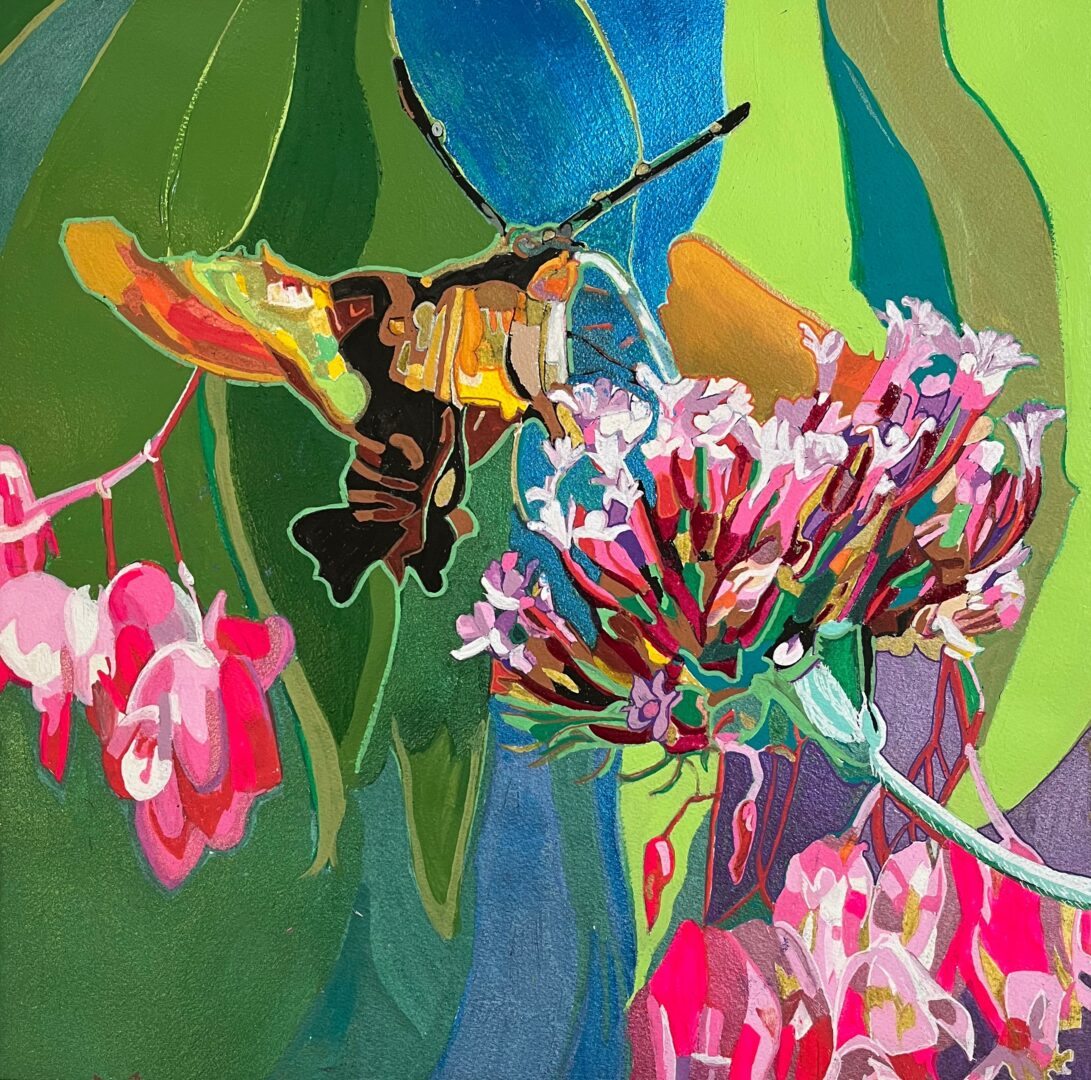

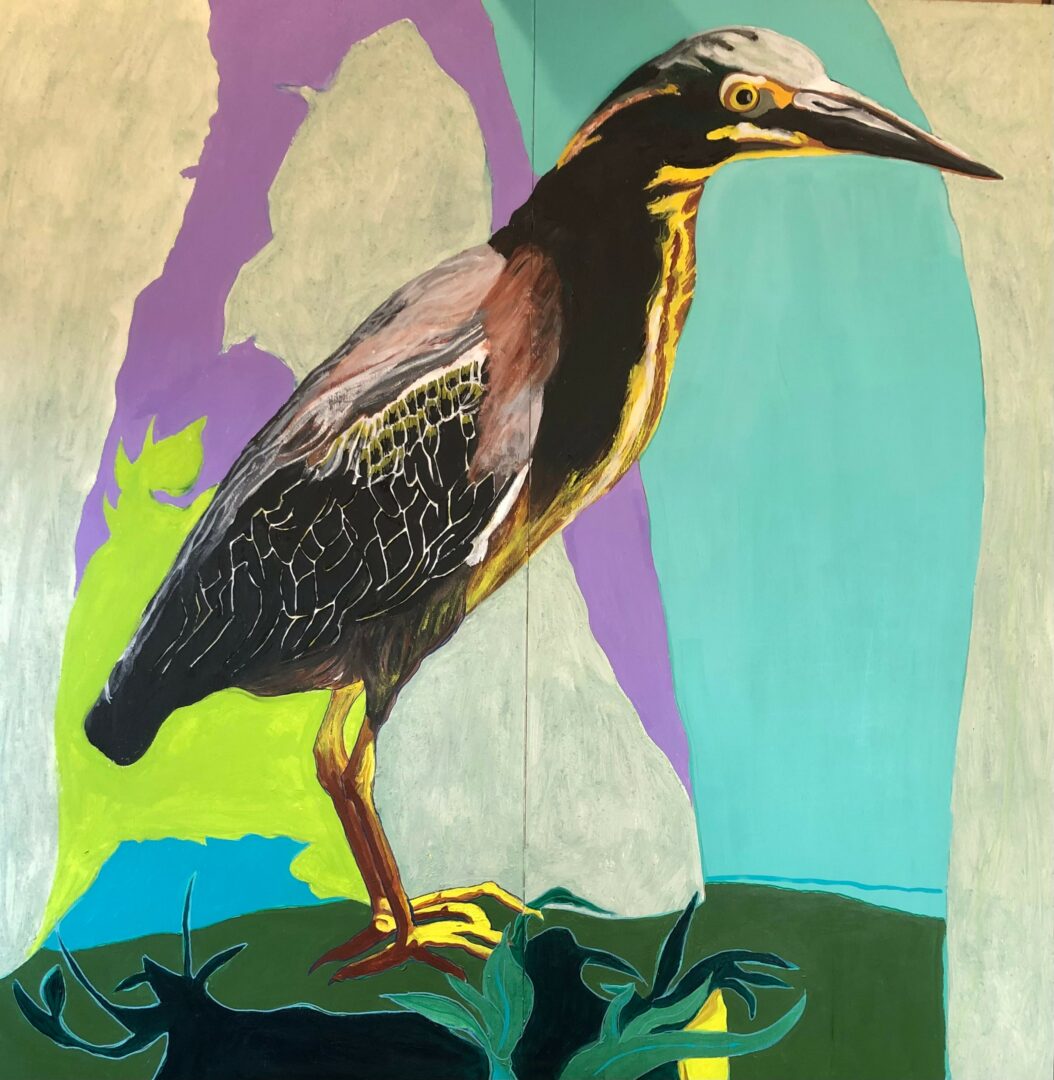
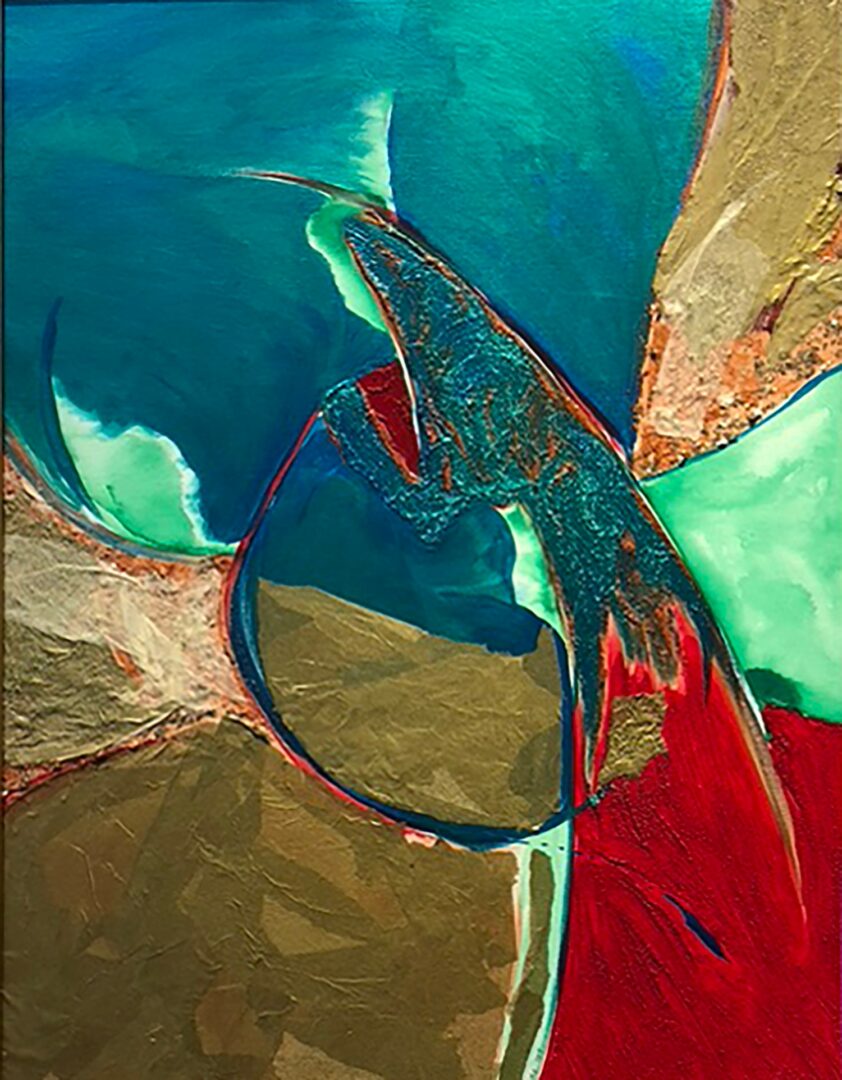

so if you or someone you know deserves recognition please let us know here.

